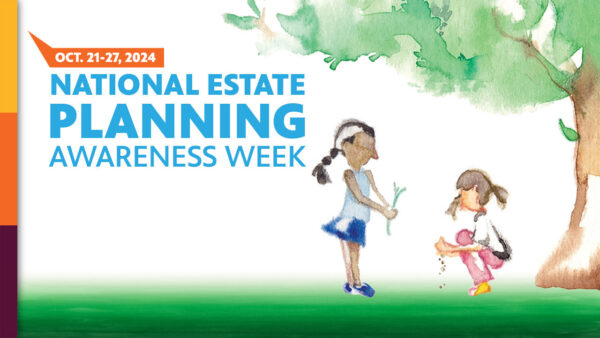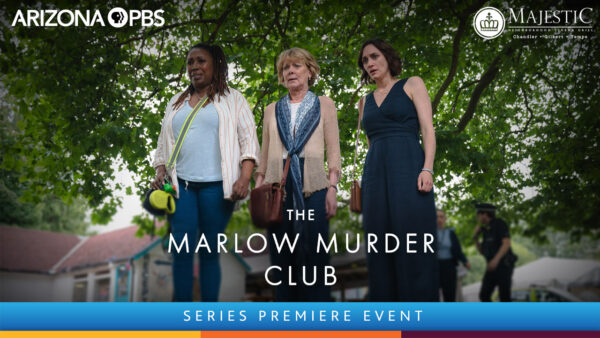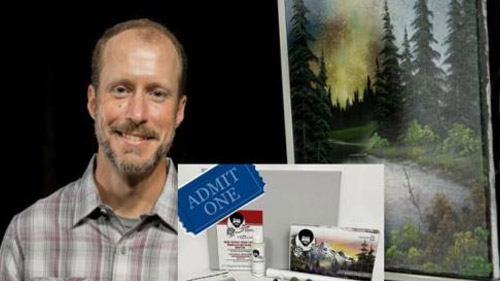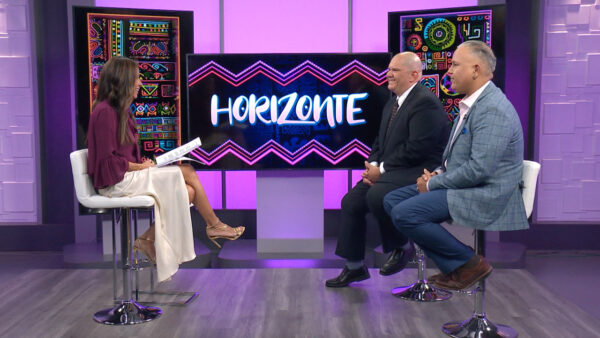In 1998, the ASU Art Museum presented the first exhibition of contemporary art from Cuba organized by a U.S. museum, Contemporary Art from Cuba: Irony and Survival on the Utopian Island . Former ASU Art Museum Director Marilyn Zeitlin discusses Rhythm and History, the first reconsideration of the museum’s Cuban holdings in a decade, featuring new acquisitions in dialogue with highlights from the original show.
José Cárdenas: In 1998, the ASU art museum presented the first exhibition of contemporary art from Cuba, organized by a U.S. museum. "Contemporary Art From Cuba," Irony and Survival on the Utopian Island. "Rhythm and History" is the first reconsideration of the museum's Cuban holdings in a decade, featuring new acquisitions with highlights. Former ASU Art Museum Director Marilyn Zeitlyn is back to talk with us. Welcome back, Marilyn. The collection itself is fairly rich in terms of its quality, and it's almost a shame it's taken 10 years for us to get it back out.
Marilyn Zeitlin: There are lots of other things in that collection. But I'm very pleased to see it out and kind of breathing again and Cuba moved back into the news. One correction, it was 1998 .
.
José Cárdenas: Yes.
José Cárdenas: And when it first showed, Cuba, as you indicated, Cuba was much different. Let's talk about what we saw at that time. What characterized these pieces? I know several of them were donated by the Hollys and several other art collectors. What would you say what unique.
Marilyn Zeitlin: Well, it forms a little time capsule during a special period between the time of the collapse of the Soviet Union, and the time that Raul Castro took power from Fidel. Most of the work is in the 90s, when the special period was the its worst, when all this privation with the collapse of the Soviet Union and Cuba as a client state of the Soviet Union, suddenly 30% of their GDP disappeared instantly, 90% of their fuel was suddenly gone. People were living on sugar and water and riding bicycles. It's largely true. I went the first time, I went back again I should say in ‘96 . And it was very hard to -- they said tourists, but it was bad. So it records a period of real trauma in the country, when the revolution -- it probably was more directly threatened than at any time in its history since 1959.
José Cárdenas: We've got several pictures of pieces in the exhibition we want to put on the screen and talk about them. This first one here, it looks a little bit like the Wizard of Oz.
Marilyn Zeitlin: That's right. It's by Pedro Alvarez, and the title of its Homage to Alfredo Lam is the Michael Angelo of painters. Shows a jungle scene shown in a very Disney-esque way. It's because Lam's most important painting __ in the United States (La Jungla) is in the museum of modern art --
Marilyn Zeitlin: The Jungle.
Marilyn Zeitlin: Yes. He has these little figures on the left and right, little vignettes that are quotations from 1870 on genre painting that makes a kind of saccharin view of prostitution, of slavery. He's taken those and put them in, which is a very deep kind of irony. And then in the midst of it, he's got this big yellow International Harvester truck kind of barging in. It's the intrusion of the West, the intrusion of the international. So it's this anxiety. We like being an island kind of, even though it's put us in a terrible place.
José Cárdenas: Speaking of barges, this next image is more like a kayak.
Marilyn Zeitlin: This is by Cacho, and the title is Para Olvidar "in order to forget." The forgetting at that time, this, piece was from 1994, the height of the flight of the rafters leaving Cuba. 7,000 people left on anything that would float and countless others died trying. Cacho created a kayak, it's very heavy, I'm not sure it would float. It's not really floating, it's stagnating on these beer bottles. At that time, in order to forget, one good way to forget is to overindulge in drinking, a lot of drinking at that time.
José Cárdenas: We've got another piece on the screen, tell us about this one.
Marilyn Zeitlin: Well, this is similar, the whole notion of being an island. And all the pluses and minuses. This is Vechinos "Neighbors" and two modernist buildings float in this tiny swimming pool. They touch and sort of bounce off one another and there's no one living there it's about envious people next door who might have a little more, a very important factor in people's daily life in Cuba. You never showed up at somebody's house at mealtime. Yet it's kind of beautiful at the same time. It's idealized. It also is kind of a fusion of Havana and Miami. It's by a team of two artists that call themselves Llos Carpenteros. They now show primarily in Brazil and elsewhere in the world, they are very successful.
José Cárdenas: We talked a little before that this reflects the Cuba of 16-plus years ago. What would we see on the artistic scene there now?
Marilyn Zeitlin: The focus has changed in a number of ways. First, the use of found materials is not as necessary. You can imagine if there was no food there was no printing paper or paint, no canvas. They are using found opens in clever ways like the kayak. What's more important I think is the shift in the content. Because the privations that were so dire in the special period is now loosening up, as Raul Castro, the new President, is moving Cuba into a more permissive place.
José Cárdenas: And that's now being reflected in the art.
Marilyn Zeitlin: It is.
José Cárdenas: Before I forget, we should tell about the exhibition will be on display.
Marilyn Zeitlin: I believe August 26th is the last day.
José Cárdenas: This says March 1to August 9th. Thank you so much for coming to talk about this. Always good to have you here.
Marilyn Zeitlin:Former Director, ASU Art Museum;























